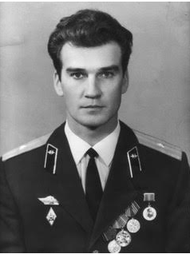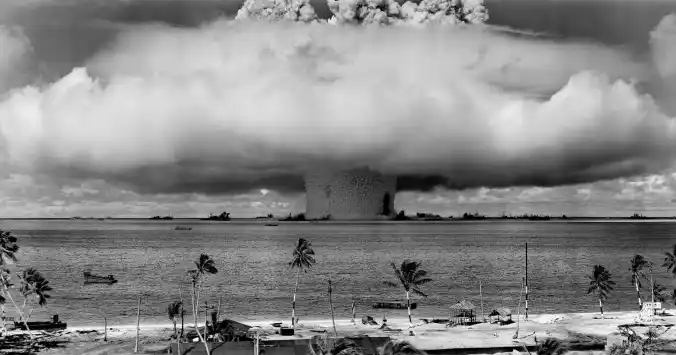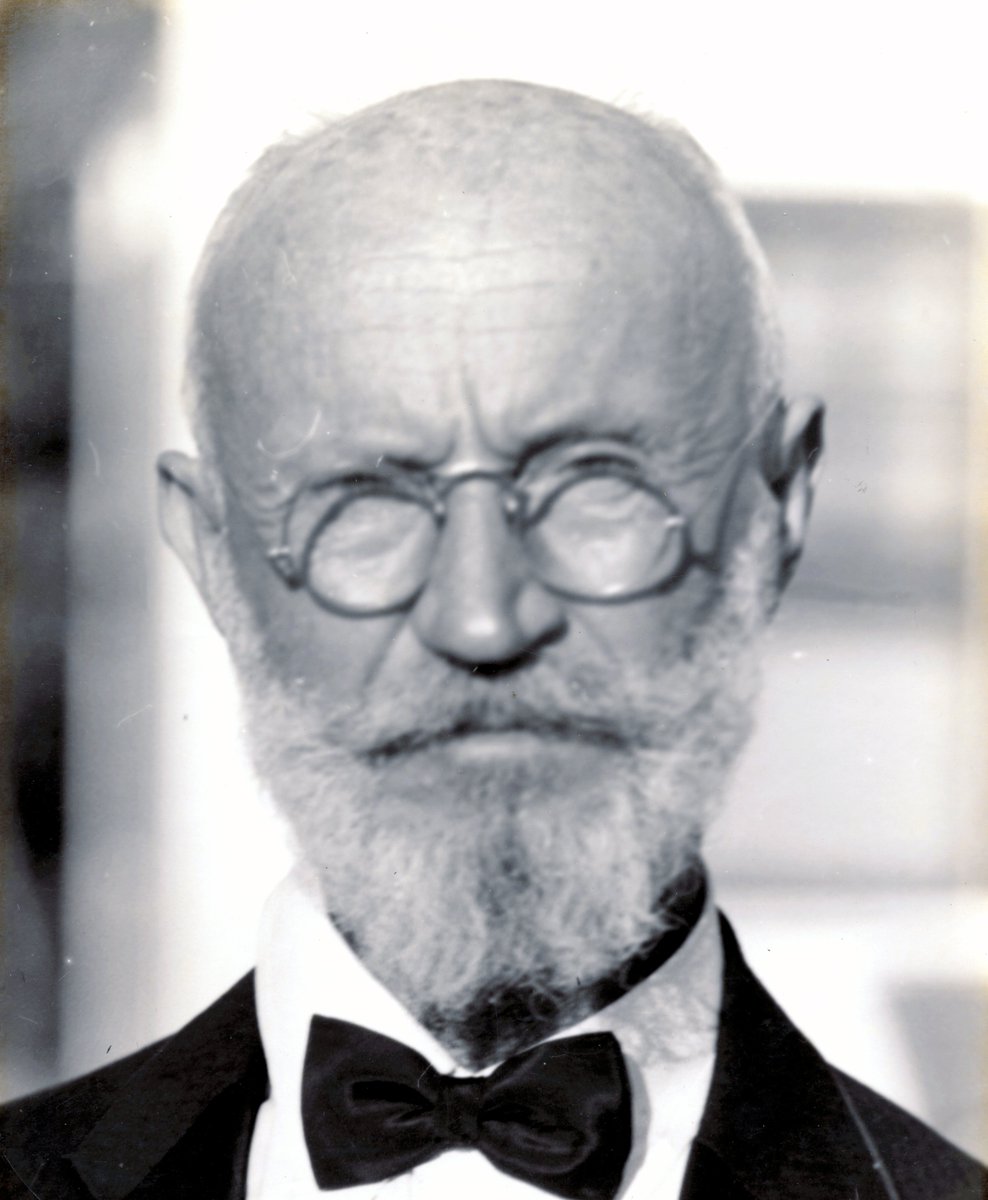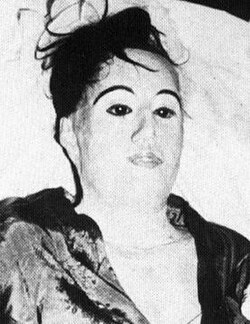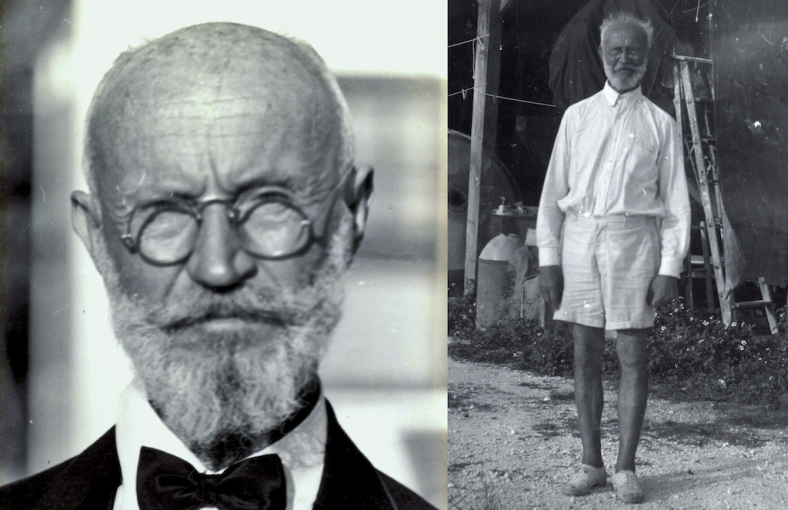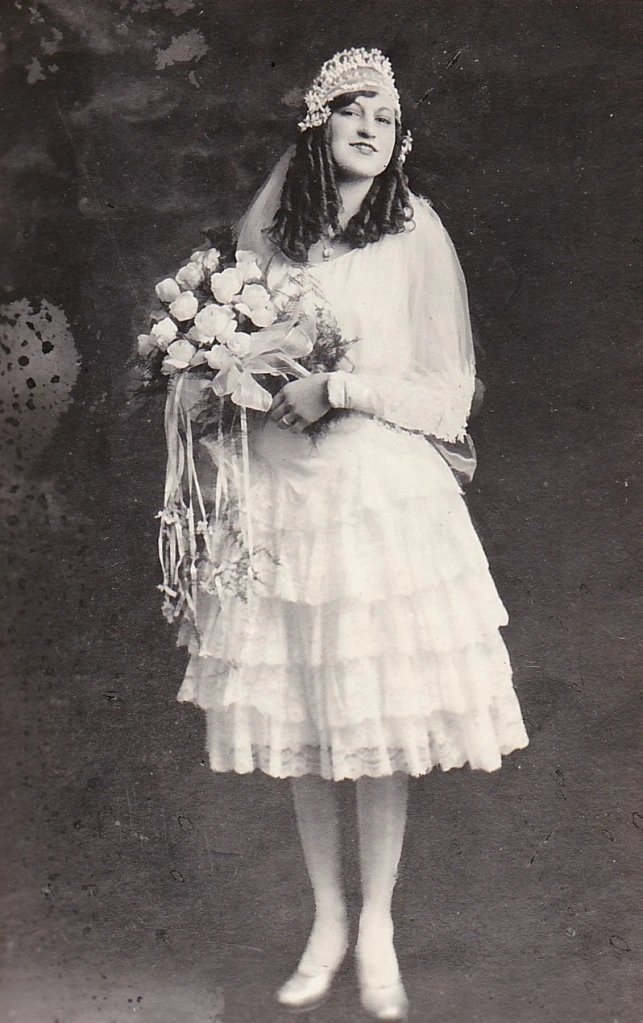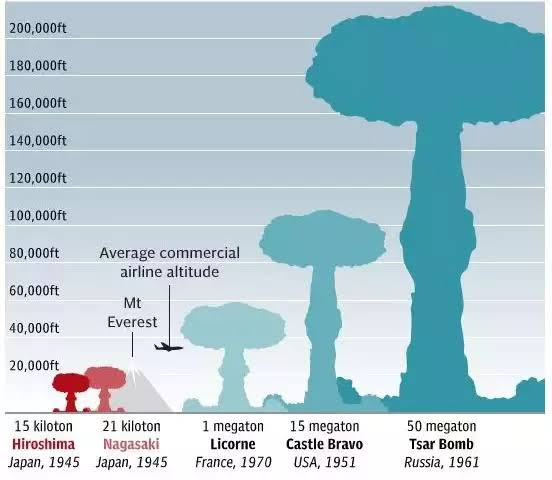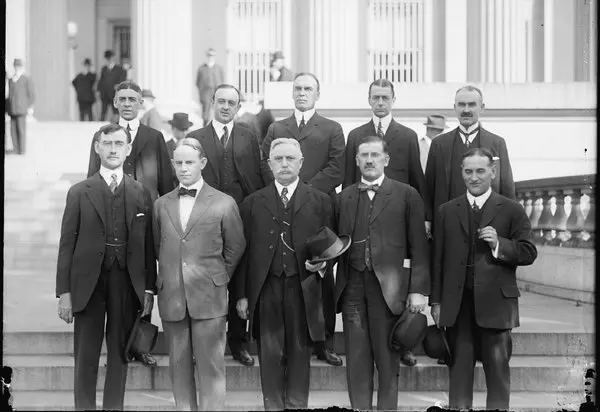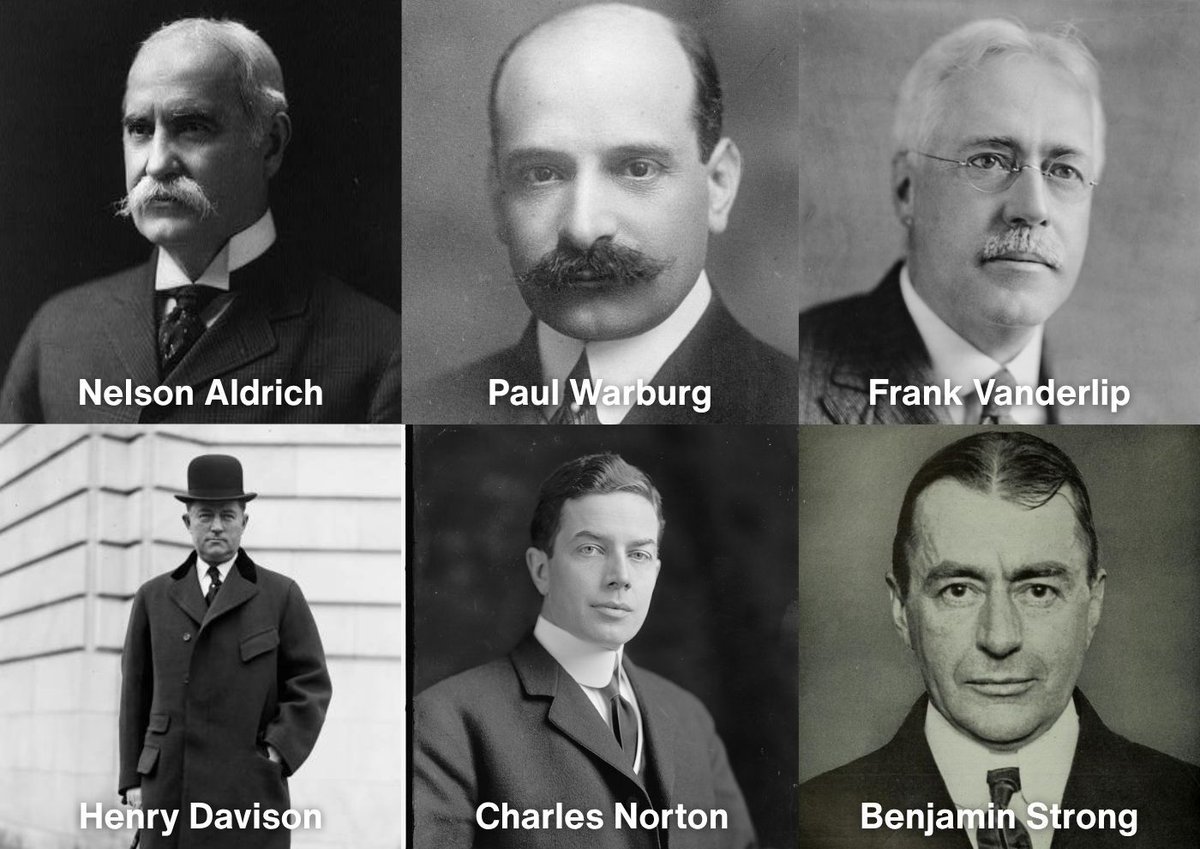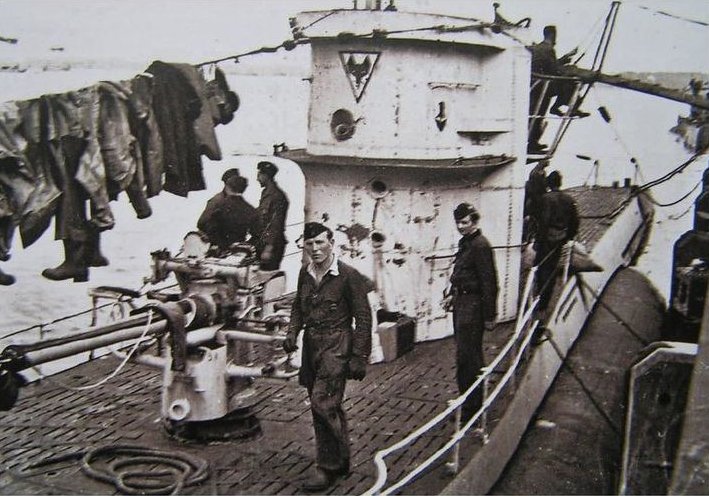A hundred years ago, one man envisioned smartphones, wireless energy, and AI.
But he died alone in a hotel room, betrayed and forgotten.
This is the tragic story of Nikola Tesla (the most misunderstood genius in history):

But he died alone in a hotel room, betrayed and forgotten.
This is the tragic story of Nikola Tesla (the most misunderstood genius in history):

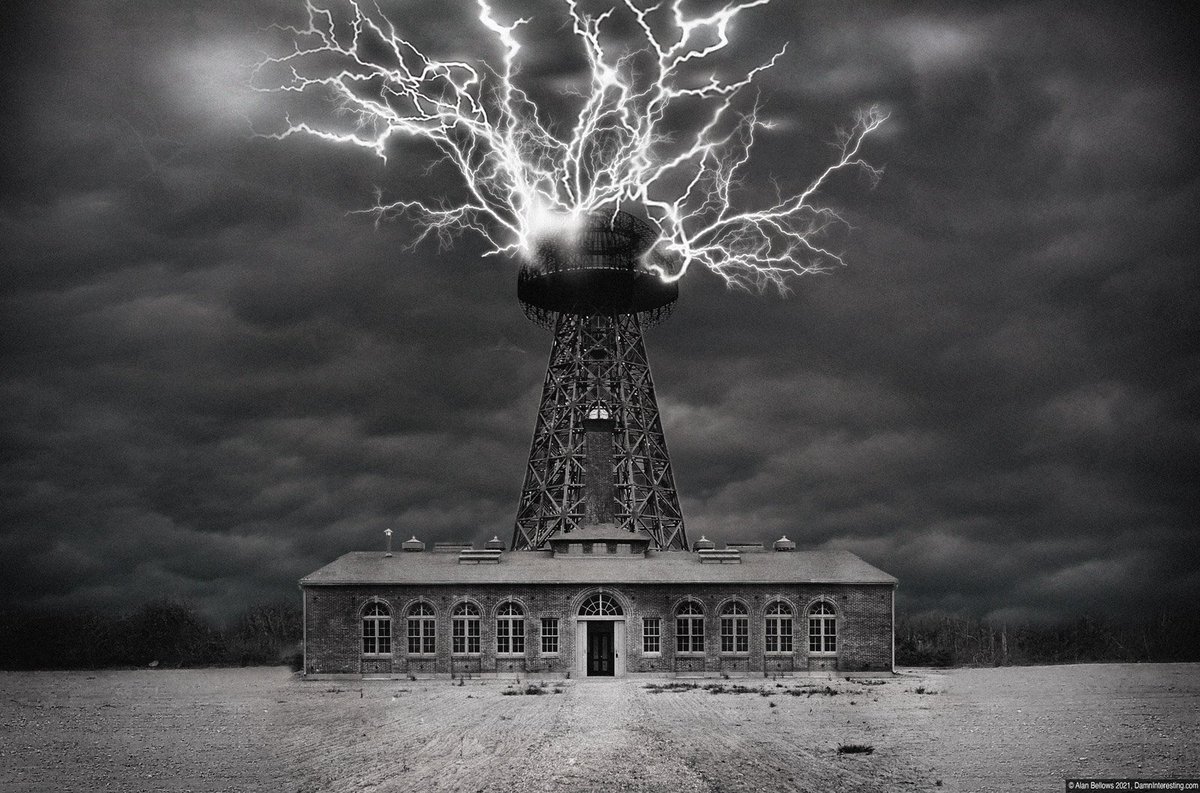
Nikola Tesla was born on July 10, 1856, in Smiljan, part of the Austro-Hungarian Empire (modern-day Croatia).
From an early age, Tesla displayed an extraordinary intellect and imagination, shaped by a lineage of creative minds.
From an early age, Tesla displayed an extraordinary intellect and imagination, shaped by a lineage of creative minds.
His mother, Djuka Mandic, was an inventor of household appliances, while his father, Milutin Tesla, was a Serbian Orthodox priest.
Tesla’s childhood was a mix of wonder and trauma.
Tesla’s childhood was a mix of wonder and trauma.

At five, he witnessed the tragic death of his older brother, Dane, in a horse accident—a memory that haunted him throughout his life.
Tesla began experiencing vivid flashes of light accompanied by images, blurring the lines between imagination and reality.
Tesla began experiencing vivid flashes of light accompanied by images, blurring the lines between imagination and reality.

He later described these episodes as integral to his inventive process, allowing him to visualize complex machinery in his mind before physically building it.
Encouraged by his mother’s inventiveness, Tesla developed a fascination with machines and electricity.
Encouraged by his mother’s inventiveness, Tesla developed a fascination with machines and electricity.
By the time he attended the Austrian Polytechnic School in Graz, he was a star student, excelling in physics and engineering.
However, personal struggles, including a gambling addiction, led him to drop out before completing his degree.
However, personal struggles, including a gambling addiction, led him to drop out before completing his degree.
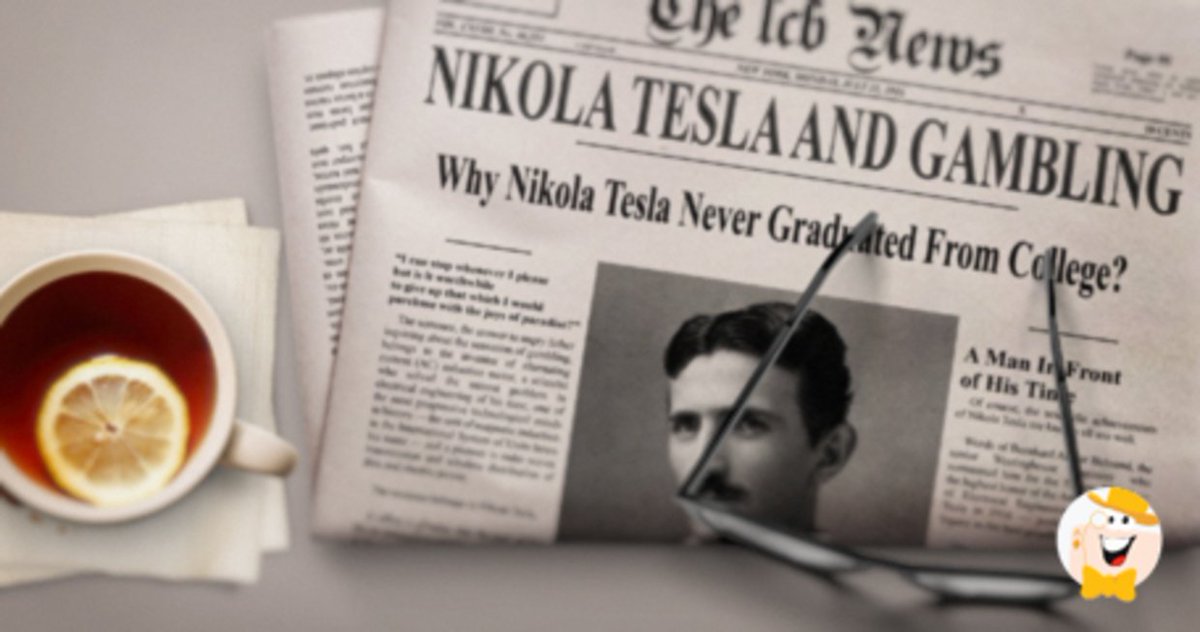
Tesla’s career truly began when he moved to the United States in 1884 with a letter of recommendation to Thomas Edison.
The letter read, "I know two great men, one is you, and the other is this young man."
Tesla was tasked with improving Edison’s DC generators.
The letter read, "I know two great men, one is you, and the other is this young man."
Tesla was tasked with improving Edison’s DC generators.
However, tensions arose when Tesla proposed his vision for alternating current, a more efficient and scalable system.
Edison, heavily invested in direct current (DC), dismissed Tesla's ideas and reneged on a promised $50,000 bonus for his work—a betrayal that led Tesla to quit.
Edison, heavily invested in direct current (DC), dismissed Tesla's ideas and reneged on a promised $50,000 bonus for his work—a betrayal that led Tesla to quit.

Determined to prove the superiority of AC, Tesla partnered with industrialist George Westinghouse.
Together, they championed the use of AC, culminating in the War of Currents against Edison.
Together, they championed the use of AC, culminating in the War of Currents against Edison.
Despite Edison’s smear campaigns, including public electrocutions of animals to demonstrate the dangers of AC, Tesla’s innovations ultimately prevailed.
AC became the standard for electrical systems, powering homes and cities worldwide.
AC became the standard for electrical systems, powering homes and cities worldwide.
Tesla’s contributions went far beyond the War of Currents.
Among his 300 patents, some of his groundbreaking inventions include:
1. The Tesla Coil: A device that produces high-voltage electricity, forming the basis for wireless communication
Among his 300 patents, some of his groundbreaking inventions include:
1. The Tesla Coil: A device that produces high-voltage electricity, forming the basis for wireless communication
2. Radio Technology: Although Guglielmo Marconi is often credited with inventing the radio, Tesla’s earlier patents and work laid the foundation for wireless communication.
3. Remote Control: Tesla unveiled a remote-controlled boat in 1898, an invention so ahead of its time that spectators believed he was using magic or telepathy.
4. Hydroelectric Power: Tesla designed the first hydroelectric power plant at Niagara Falls, a marvel that demonstrated the potential of sustainable energy.
5. X-Ray Technology: Tesla was a pioneer in early X-ray imaging and warned of its dangers long before its widespread use.
5. X-Ray Technology: Tesla was a pioneer in early X-ray imaging and warned of its dangers long before its widespread use.
Tesla’s most ambitious project was the Wardenclyffe Tower, a 187-foot structure on Long Island.
Tesla envisioned it as a means to provide wireless communication and free energy to the world.
He famously declared:
Tesla envisioned it as a means to provide wireless communication and free energy to the world.
He famously declared:
"When wireless is fully applied, the earth will be converted into a huge brain, capable of response in every one of its parts."
Unfortunately, the project faced financial difficulties.
Unfortunately, the project faced financial difficulties.

Investors, including J.P. Morgan, withdrew support when they realized Tesla’s vision of free energy threatened their business interests.
The tower was dismantled, and Tesla’s dream remained unfulfilled.
The tower was dismantled, and Tesla’s dream remained unfulfilled.
Despite his monumental contributions, Tesla struggled financially throughout his life.
He prioritized invention over profit.
By his later years, Tesla was living in relative obscurity in New York City hotels, surviving on a modest allowance from Westinghouse.

He prioritized invention over profit.
By his later years, Tesla was living in relative obscurity in New York City hotels, surviving on a modest allowance from Westinghouse.


He spent his days feeding pigeons, finding solace in their companionship.
On January 7, 1943, Tesla passed away alone in his hotel room.
He left behind a legacy that was only fully recognized after his death.
On January 7, 1943, Tesla passed away alone in his hotel room.
He left behind a legacy that was only fully recognized after his death.
Today, his innovations underpin modern technology.
From the power grids that light our homes to wireless communication, his ideas have shaped the world we live in.
Nikola Tesla was more than an inventor; he was a visionary who dared to dream of a better future for humanity.
From the power grids that light our homes to wireless communication, his ideas have shaped the world we live in.
Nikola Tesla was more than an inventor; he was a visionary who dared to dream of a better future for humanity.

Get more historical data, documentaries and stories directly in your email every week:
historynerd.beehiiv.com/subscribe
historynerd.beehiiv.com/subscribe
If you like this thread, help me on my mission:
"The school and the media failed to teach you history.
My mission is to help you learn more about history and the key moments that defined our existence."
Follow me @_HistoryNerd for more...
"The school and the media failed to teach you history.
My mission is to help you learn more about history and the key moments that defined our existence."
Follow me @_HistoryNerd for more...

• • •
Missing some Tweet in this thread? You can try to
force a refresh


